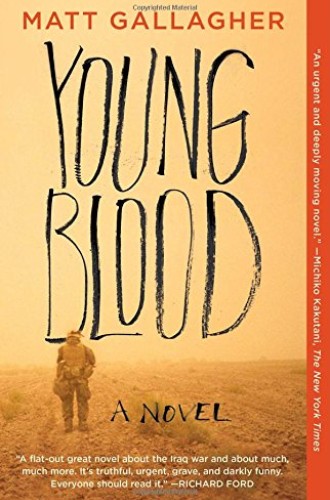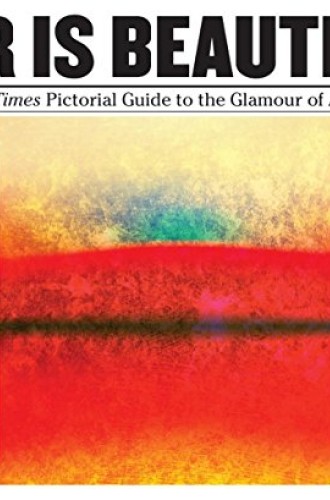What does a book thoroughly of its moment look like? It looks a lot like Matt Gallagher’s war novel.
And what does the world of the moment look like? Well, for one thing, it’s shrinking. Iraq is now on the “edge of empire,” in this case, the American empire. A suspected bomb on the road is “an unspooled cassette tape of Bon Jovi’s ‘Slippery When Wet.’” A teenage Iraqi shepherd boy wears “a Guns N’ Roses concert tee.”
Other realities of a changing and contracting world are also on full display. It is no longer cool to make jokes about gay people in the military. That favorite millennial word awesome makes an appearance. Tanks now have iPod docks. Americans based in Iraq use Skype to keep in touch, and argue, with family back home. The narrator describes this scene at a military base: “Stumbling out of the cybercafé, I passed a joe Skyping with a khol-eyed goth lady holding a toddler. The two adults were laughing together at the child’s burps.”






